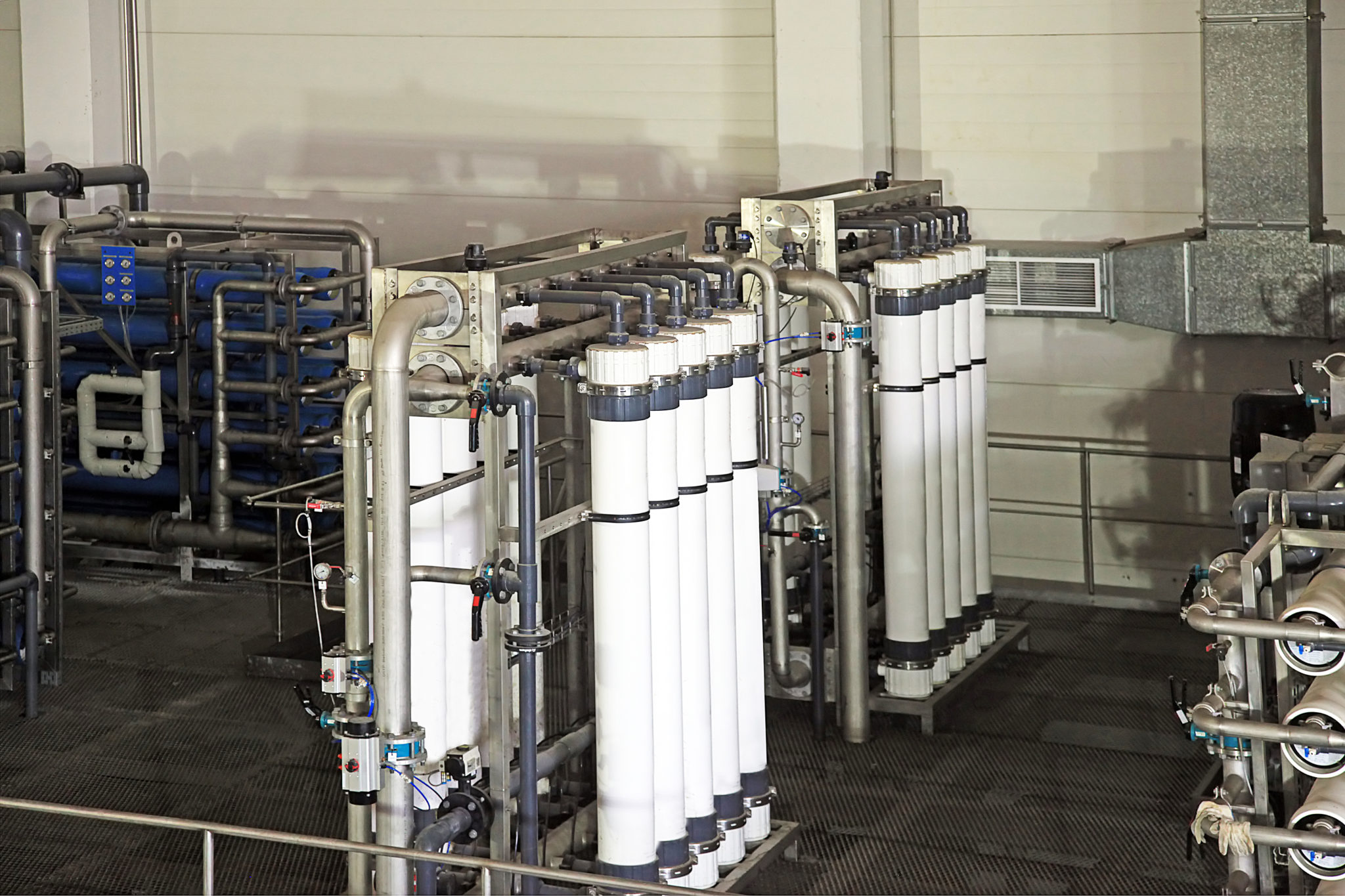What is reverse osmosis?
Reverse osmosis is a filtration process that uses a semi-permeable membrane to separate particles and impurities from water. Unlike natural osmosis, where water moves from an area of low solute concentration to an area of high concentration, reverse osmosis imposes pressure on the concentrated solution to force the water through the membrane, leaving contaminants behind.
This process is widely used for water treatment, desalination and various industrial applications. Reverse osmosis systems are effective in removing a wide variety of pollutants, including salts, heavy metals and other chemicals.
This mechanism produces high-quality water, essential for many industrial applications.

What about tomorrow?
Industrial reverse osmosis offers significant advantages in terms of sustainability and efficiency. By reducing the need for chemical treatment and minimizing waste, this process contributes to more responsible management of water resources. What’s more, with growing environmental concerns, reverse osmosis is increasingly being adopted as a viable solution for meeting growing drinking water and wastewater treatment needs, while complying with ecological standards.





